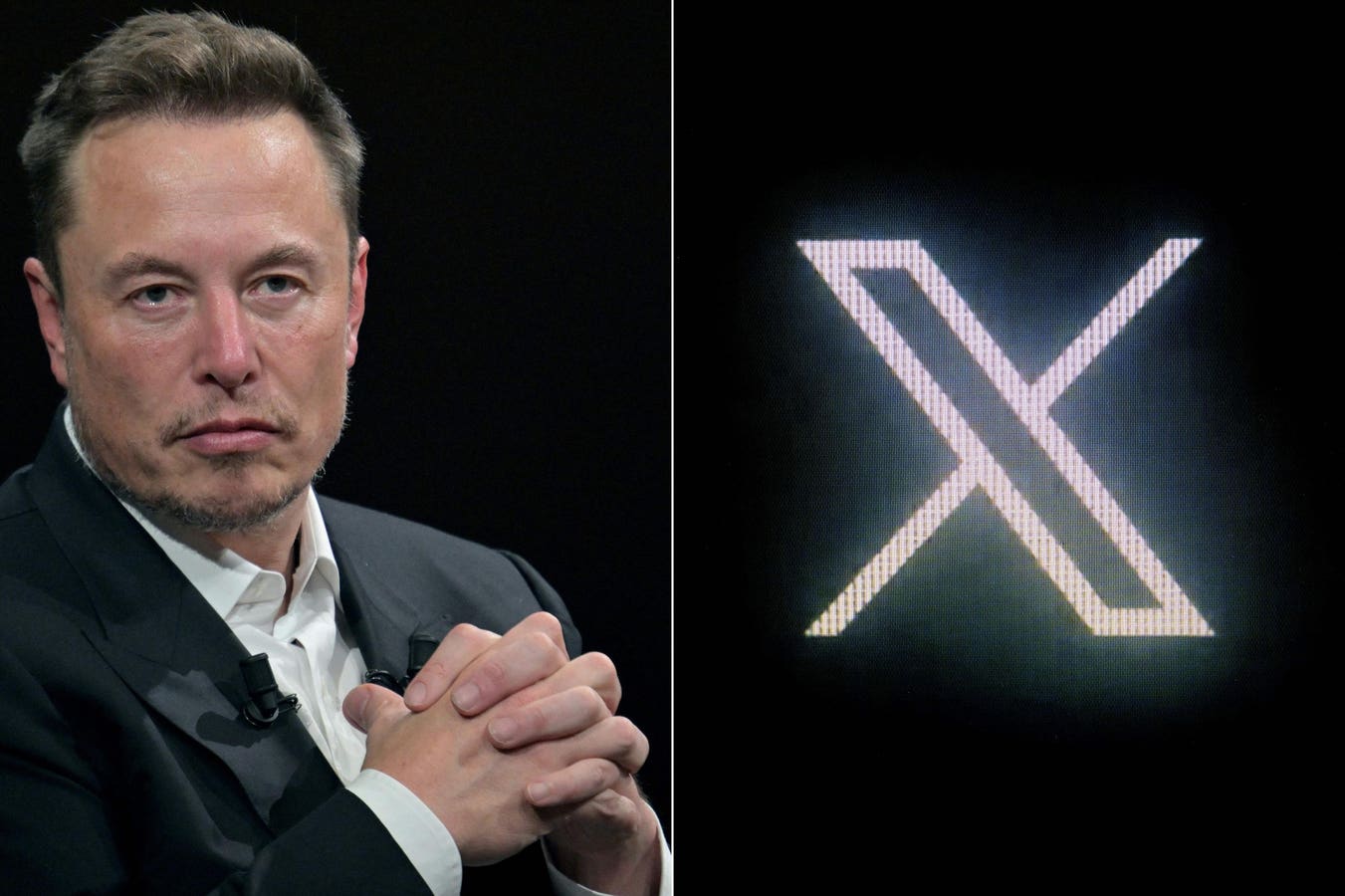
Topline
X will soon roll out a controversial change to its block function by allowing accounts to continue to view posts from users who blocked them, another update to the Elon Musk-owned platform formerly known as Twitter that has raised the ire of its users.
Key Facts
X’s engineering page announced Wednesday that for those with public accounts, blocking a user will stop that person from engaging with the blocker’s posts but will not stop them from viewing posts.
Currently, the block function stops users from both engaging and viewing posts by those who blocked them.
With the change, X users can see if those who blocked them are trying to “share and hide harmful or private information” about them, which the platform argued allows for “greater transparency.”
The change has been widely criticized, with user posts garnering tens of thousands of likes by arguing the block feature has been made “essentially useless” and that it could empower “stalkers and harassers”.
Some users have pointed to gaps in the upcoming block function, noting accounts they have blocked could still harass them publicly by screenshotting and posting about still-viewable tweets, even if they can’t engage directly with the tweets.
Get Forbes Breaking News Text Alerts: We’re launching text message alerts so you’ll always know the biggest stories shaping the day’s headlines. Text “Alerts” to (201) 335-0739 or sign up here.
Tangent
Musk has stopped short of removing the block feature altogether despite claiming in August it was “going to be deleted,” adding the ability to block made “no sense” before receiving further criticism from users.
Chief Critic
Bluesky, a decentralized social media platform that has attempted to rival X, used the backlash from the upcoming change to flaunt its own block and “anti-toxicity” features. It has far fewer users than X, reporting 10 million users on its platform as of last month.
What Is The Difference Between Block And Mute On X?
While blocking stops users from liking, replying to or reposting another user’s posts and stops the involved accounts from following each other, muting allows users to remove someone else’s posts from their feed without unfollowing or blocking them. Muting does not stop muted users from sending direct messages or engaging with you (replies and mentions still show in the notifications tab), while blocking stops such engagement. Muting is also slightly more discreet, as muted users cannot tell they have been muted, while blocked users can see they have been blocked by going to a blocker’s page.
Key Background
Musk has said blocking posts “makes no sense” and “needs to be deprecated in favor of a stronger form of mute.” In general, the block feature has long been used on social media to prevent harassment or lessen spam, the latter of which has become a significant problem on X. If Musk one day deletes the block feature, the change could clash with the app stores of Google and Apple, according to The Verge, which noted language in their terms that suggests block features are necessary for social media platforms. Musk’s change of the block feature is one of several ways the tech billionaire has transformed the platform since purchasing it for $44 billion two years ago. In addition to changing the network’s name from Twitter to X, Musk introduced a multi-tier subscription model and loosened content moderation on the social network. The former change received backlash from users who took issue with accounts being able to receive blue checkmarks, which were once an icon used to differentiate official, authentic accounts from fake ones, by simply buying a premium subscription to X.
Further Reading
Musk Ends Block Feature On X In Latest Twitter Change-Up (Forbes)
Elon Musk’s X Is Now Worth Around A Fifth Of The $44 Billion He Paid For It, Fidelity Says (Forbes)
This post was originally published on this site be sure to check out more of their content








